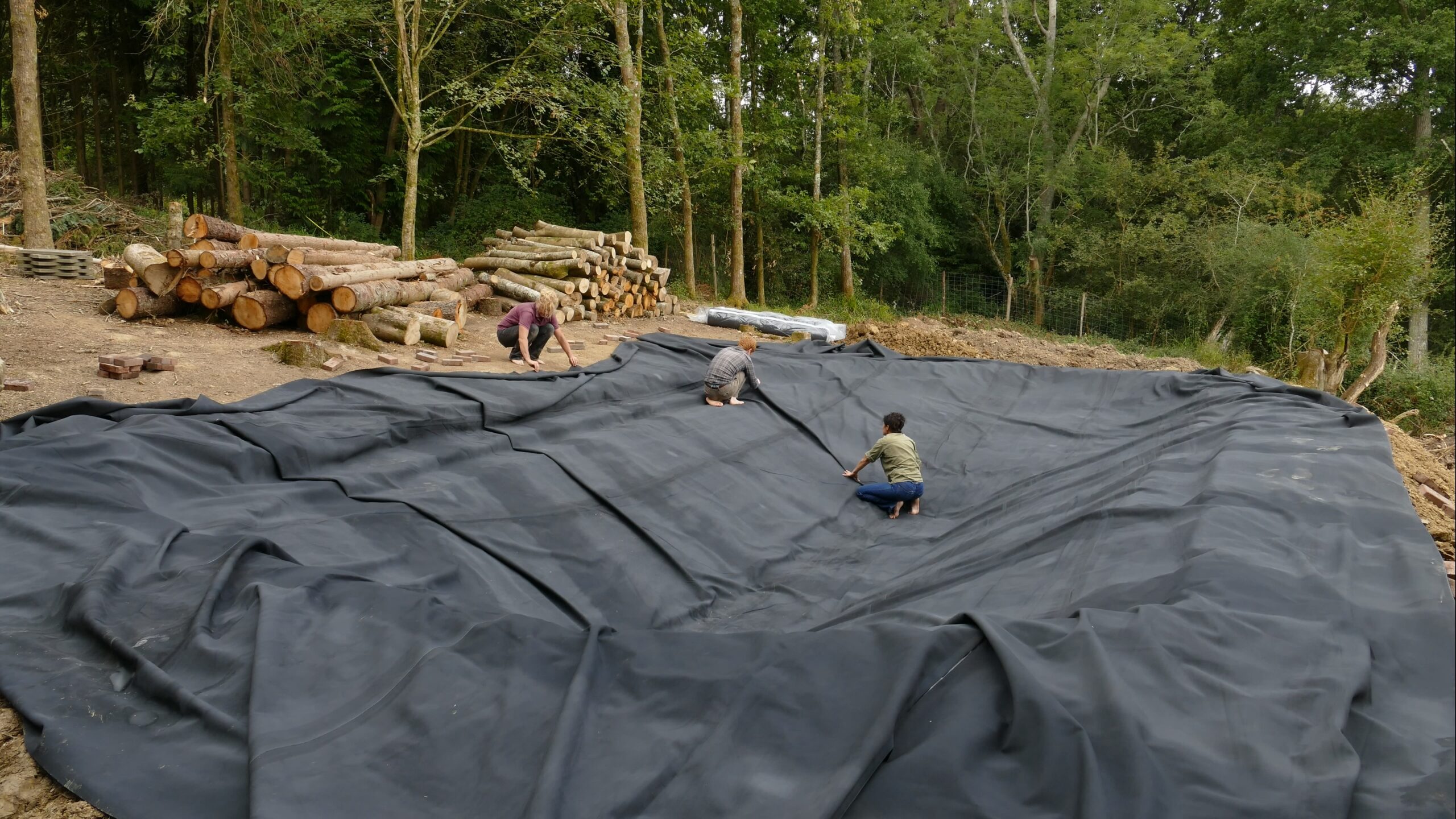Pond of Possibilities: Revitalising Wildlife at The Oasis
Wildlife for All, a non-profit organisation, has been actively engaged in wildlife conservation for over four decades. Their previous film projects were primarily centred around the Komsberg Wilderness Nature Reserve in South Africa, covering an extensive area of 30,700 acres. However, their latest endeavour shifts the focus to The Oasis, a 15-acre reserve in Sussex, England, officially designated as an Area of Outstanding Natural Beauty. Despite its smaller size, The Oasis is a thriving habitat with diverse mini-ecosystems, including meadows, woods, and gardens, which have attracted various wildlife species over the years.
The Plan
Their team decided to revitalise a neglected area below the gardens, adjacent to the ancient woodland, by creating a new wildlife pond. The planned 12 by 5 meters pond is intended to host native fish and attract kingfishers. This endeavour aligns with the organisation’s commitment to practical wildlife gardening and hands-on conservation. The team aims to make the pond photography-friendly, with a strategically placed hide and a bird feeding station. The project also involves felling trees, including ash trees affected by ash-dieback disease and blue spruce. However, several oak trees are to stay, and benefit from the increased light.
The Construction
Following the planning phase, the construction of the pond involved clearing the site, removing tree stumps, digging the pond, and lining it. The pond liner, underlay, and overlay were donated by us, emphasising the collaborative nature of the project. Wildlife for All’s team, comprised of people working on a non-paid basis, ensured the construction was efficient and aligned with their philosophy of deeper nature conservation. Measures were taken to prevent heron interference, including strategically placed fishing lines and an area right next to the pond was named Stoatly Home in anticipation of stoats making use of the rocky complex.
Due to the generous amount of pond liner donated, the pond dimensions were adjusted to 12 by 6 meters, and it quickly became a thriving habitat. Water boatmen and dragonflies appeared soon after completion, showcasing the rapid success of the project. The hide, providing multiple vantage points for photography, was also completed. The team plans to document the diverse wildlife visiting the pond over the coming months.
We couldn’t have done it without the help of Stephens Industries. Thank you again for your generous support.
Becky, Director, Wildlife for All
Training and Future incentives
Beyond its ecological impact, the project served as practical training for younger team members, preparing them for larger projects, such as those at the Komsberg Wilderness Nature Reserve in South Africa. The hands-on approach involved moving tons of subsoil and rocks, showcasing the organization’s dedication to cultivating practical skills alongside conservation efforts.
Future Plans:
To sustain the pond ecosystem, the team will monitor fish populations and implement measures to dissuade herons until a stable food source is established. The winter plan includes planting hawthorn trees to form a new hedge and hazel behind the pond to support dormice. This holistic approach to habitat development ensures long-term sustainability.
The creation of this wildlife pond at The Oasis exemplifies Wildlife for All’s commitment to innovative and sustainable wildlife conservation. The pond not only enhances biodiversity but also provides opportunities for research, education, and community engagement. As the project progresses, it stands as a testament to the organisation’s mission of fostering a deeper connection to nature and preserving wildlife for future generations. The follow-up film planned for late spring promises to capture the pond’s evolution and the rich tapestry of life it attracts.
Check out exactly how this project went in the video below!
